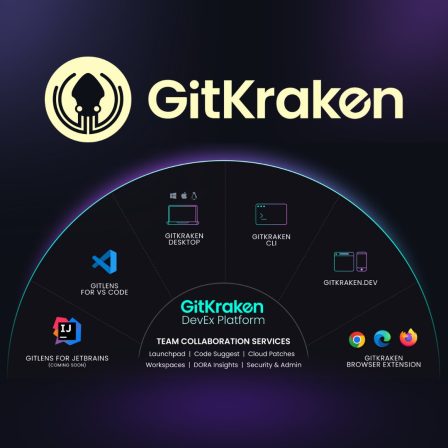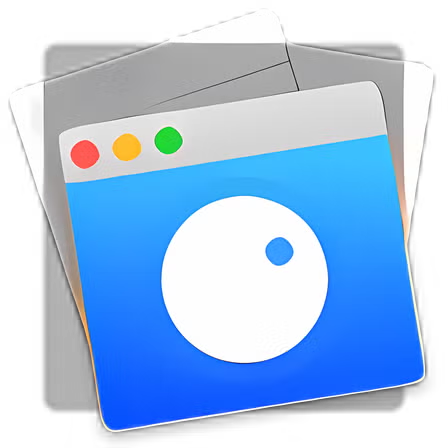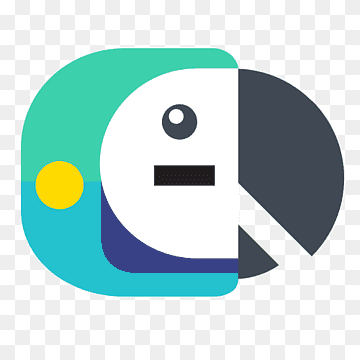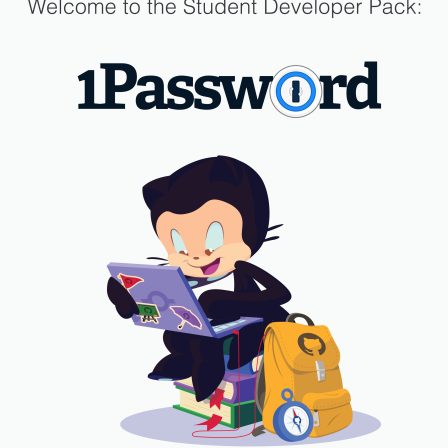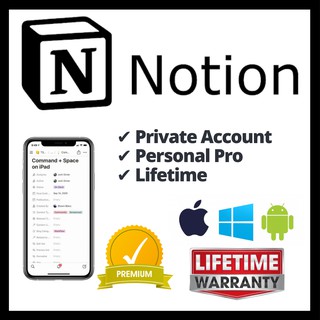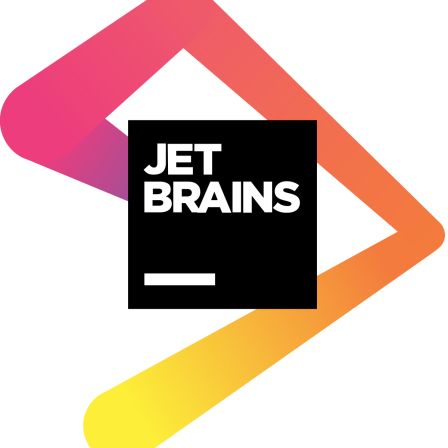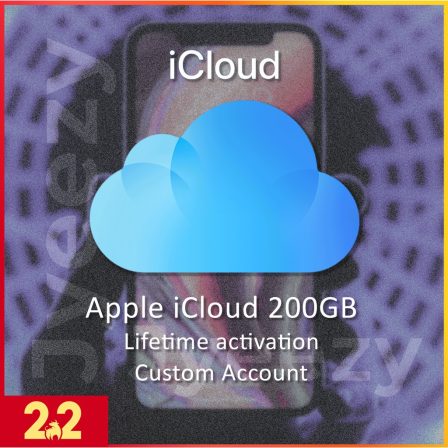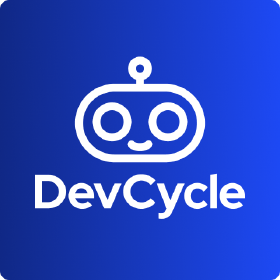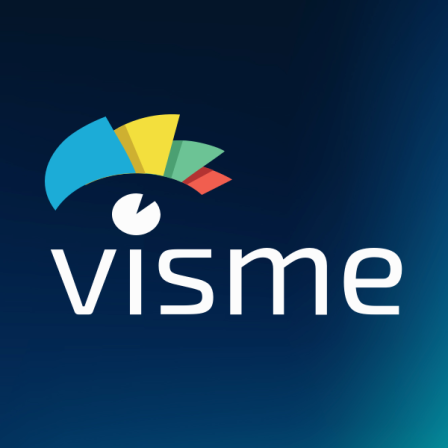There is no item in your cart
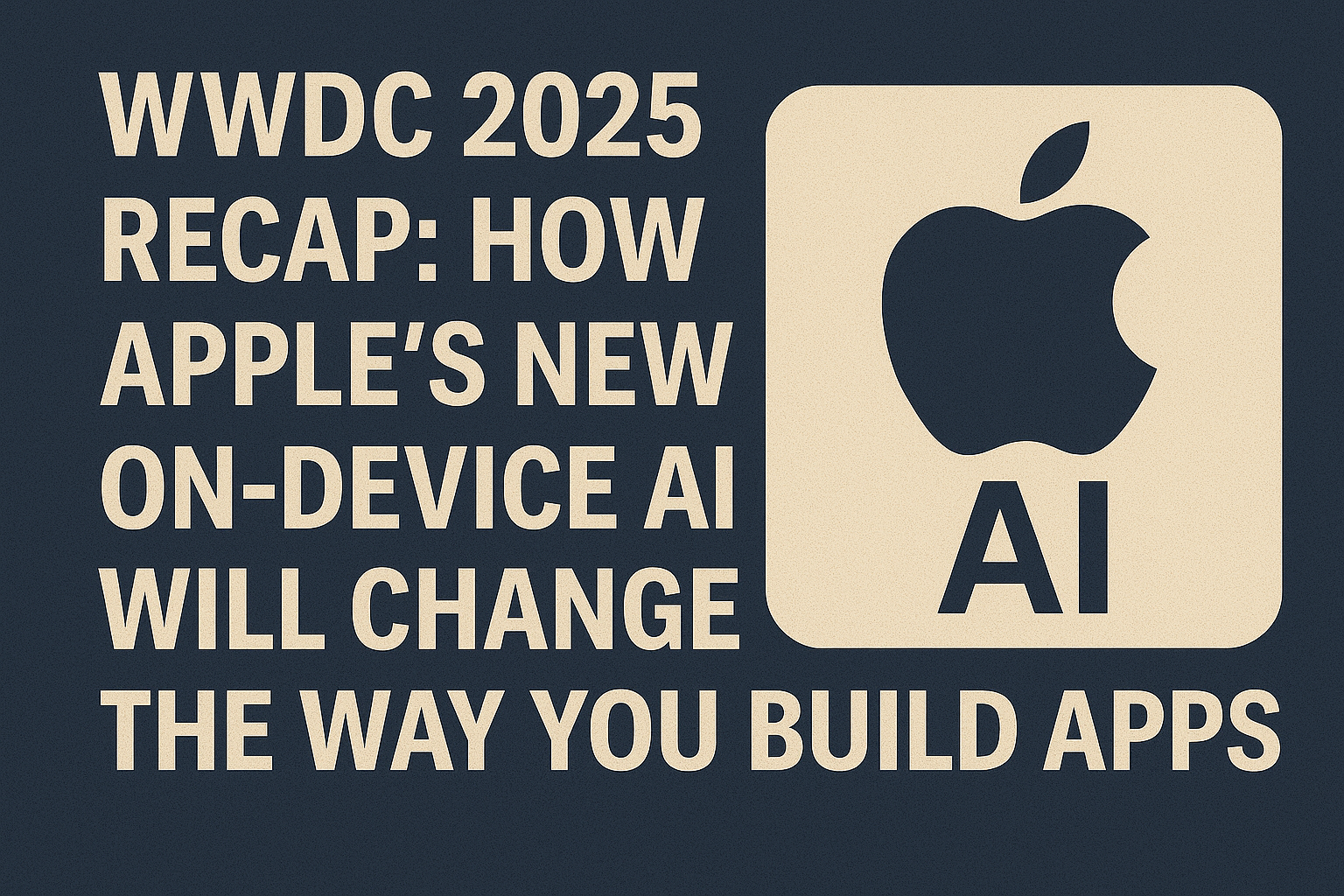
WWDC 2025 Recap: How Apple’s New On-Device AI Will Change the Way You Build Apps
The dust has just settled on WWDC 2025, and one message came through loud and clear: the future of app development on Apple’s platforms is intelligent and deeply personal. Apple finally unveiled its comprehensive AI strategy, branded “Apple Intelligence,” with a heavy focus on on-device processing, privacy, and powerful new frameworks for developers.
This isn’t just about making Siri smarter. It’s a fundamental shift that gives us, the developers, the tools to create more proactive, context-aware, and helpful applications. Let’s break down the key announcements and what they mean for your next project.
1. The Big Picture: Privacy-First, On-Device AI
Unlike many cloud-centric AI models, Apple’s primary focus is on running powerful generative models directly on the iPhone, iPad, and Mac. For developers, this is a game-changer. It means you can build sophisticated AI features with near-zero latency without ever sending sensitive user data to the cloud. For more complex tasks, the system can seamlessly tap into “Private Cloud Compute,” ensuring data is processed in a secure server environment, but the default is “on-device.”
2. Key New Frameworks & Tools: Your New Toolkit
Apple released a suite of new and updated APIs that are a goldmine for developers:
- The Generative API: A new, high-level framework that allows your app to perform tasks like text summarization, rephrasing, and even sentiment analysis with just a few lines of Swift code.
- Tip: Think about adding a “Summarize this article” button to your news app, or an “Improve my draft” feature in your note-taking app.
- Xcode gets an AI Co-pilot: Xcode now deeply integrates AI to supercharge your workflow. It can now write boilerplate code, generate unit tests based on your functions, and even help debug complex issues by explaining error messages in natural language. This significantly cuts down on development time.
- Next-Generation App Intents: The App Intents framework has been overhauled. “Apple Intelligence” can now understand more complex, multi-step requests and chain together actions from your app. A user could now ask Siri, “Plan a weekend trip to a nearby city using my travel app,” and the system could intelligently interact with your app’s intents to find a destination, book a hotel, and create a calendar event.
3. What Should You Build Now? Practical Ideas
The possibilities are vast, but here are a few ideas to get you started:
- Hyper-Personalized Experiences: Create apps that adapt their UI and content in real-time based on the user’s immediate context, all without privacy concerns.
- Proactive Assistance: Build features that anticipate user needs. A recipe app could suggest a shopping list before the user even asks, based on their chosen recipes for the week.
- Intelligent Creative Tools: A drawing app could use AI to clean up sketches, or a podcasting app could use the Generative API to automatically create show notes and chapter markers.
Conclusion
WWDC 2025 wasn’t just another update; it was the starting gun for a new era of intelligent, on-device applications. The developers who succeed will be those who move beyond novelty and thoughtfully integrate these powerful new AI capabilities to create experiences that feel genuinely helpful and personal.
The tools are more powerful than ever, which means an efficient and secure workflow is non-negotiable. As you start building the next generation of intelligent apps, ensure your toolkit is just as smart. Check out SMONE’s collection of security and productivity tools to keep your development process streamlined.


